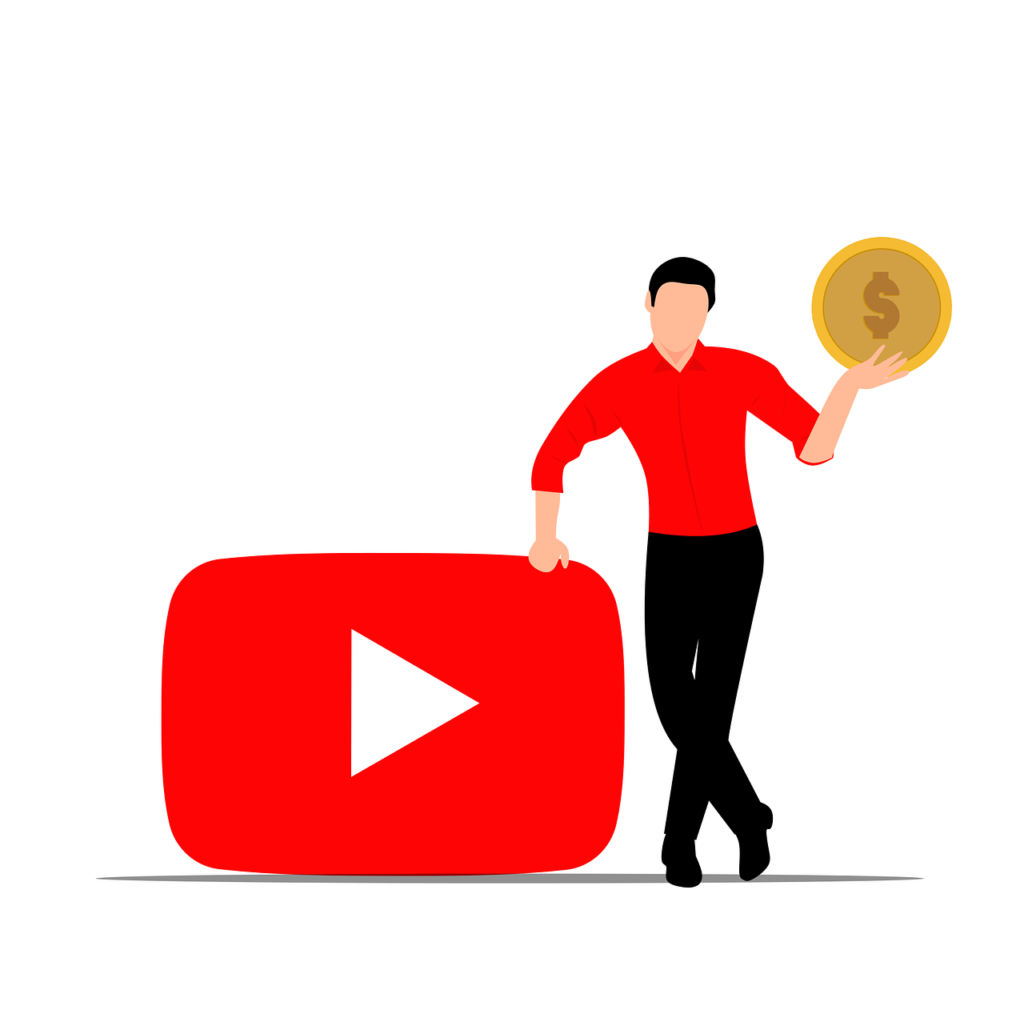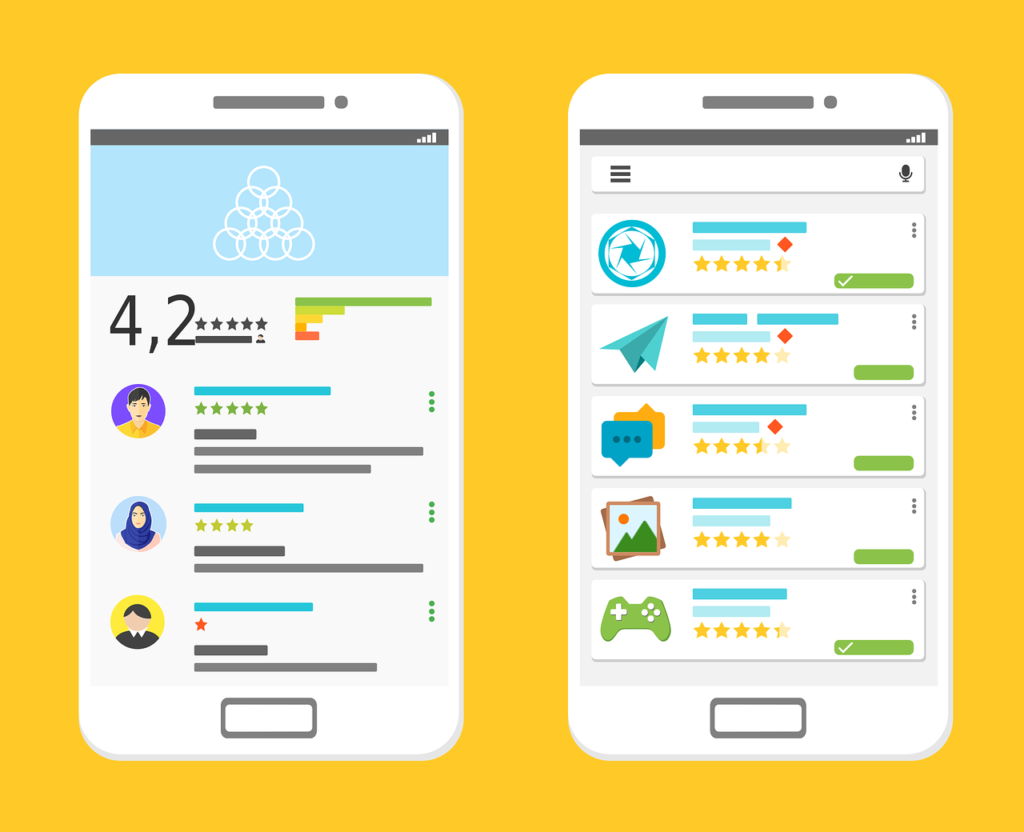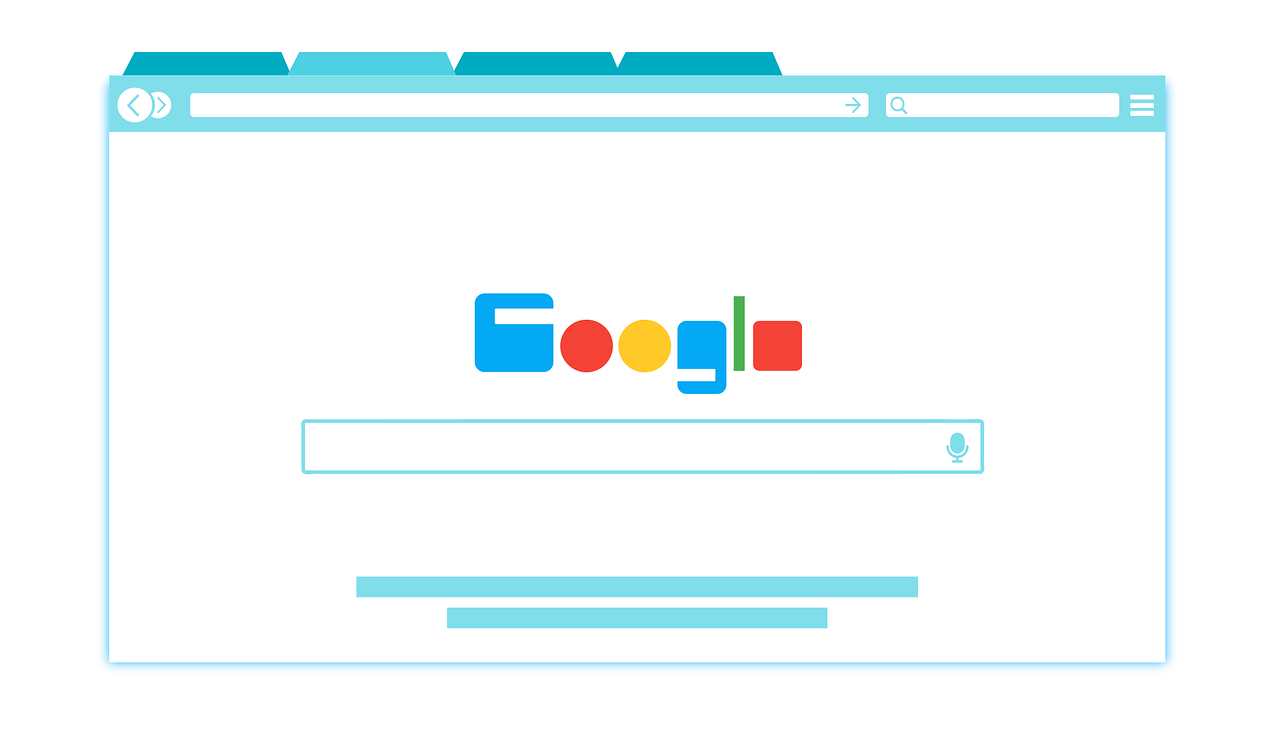In the digital age, Google isn’t just a search engine giant; it’s a gateway to numerous avenues for individuals and businesses to generate income. From advertising platforms to innovative tools and programs, here’s a comprehensive guide on how you can earn from Google.
1. Google AdSense: Monetizing Content
Google AdSense remains a go-to platform for content creators to monetize their websites, blogs, or YouTube channels. By displaying targeted ads, AdSense enables publishers to earn revenue based on clicks or impressions, leveraging Google’s extensive advertiser network.
Understanding Google AdSense
Google AdSense, an advertising program by Google, enables publishers to display targeted ads on their online content. Through an automated process, AdSense matches ads to the content’s context, audience, and user behavior, providing a seamless and personalized experience for viewers.
How AdSense Works
Content creators apply for AdSense, and upon approval, they integrate ad code into their websites, blogs, or YouTube channels. When visitors interact with the content, AdSense displays relevant ads, earning the publisher revenue for clicks or impressions.
Benefits of AdSense for Publishers
- Monetization Flexibility: AdSense offers various ad formats, including display ads, text ads, and video ads, providing flexibility in integrating ads within content.
- Easy Integration: Google’s user-friendly platform allows straightforward integration of ad code into websites or YouTube channels.
- Targeted Ads: AdSense utilizes user data and content relevance to display ads tailored to the audience’s interests, potentially increasing engagement and revenue.
- Performance Insights: Publishers gain access to performance metrics and insights through the AdSense dashboard, enabling optimization for better revenue generation.
Tips for Maximizing AdSense Revenue
- Quality Content: High-quality, engaging content attracts more visitors and enhances ad performance.
- Optimized Ad Placement: Strategic ad placement within content, considering user experience, can improve click-through rates.
- Responsive Design: Ensure websites or blogs have responsive designs compatible with different devices to maximize ad visibility.
- Ad Format Experimentation: Testing different ad formats and sizes can help identify the most effective ones for maximizing revenue.
AdSense Policies and Guidelines
AdSense adheres to strict policies and guidelines to maintain quality and fairness in advertising. Publishers must comply with these policies to ensure continued eligibility and avoid potential account suspension.
2. YouTube Partner Program: Video Monetization

For video content creators, the YouTube Partner Program offers a way to earn money by displaying ads on videos. Eligible creators can also generate revenue through channel memberships, Super Chat, and merchandise shelf features, among others.
Read Also: Earn $1500 in a Day: Unleashing Your Earning Potential
Understanding the YouTube Partner Program
The YouTube Partner Program allows eligible creators to monetize their videos by displaying advertisements. To qualify for the program, creators need to meet certain criteria set by YouTube, such as having at least 1,000 subscribers and 4,000 watch hours in the past 12 months. Once accepted into the program, creators gain access to monetization features and can earn revenue from ads displayed before, during, or alongside their videos.
How Does Video Monetization Work?
When a video is monetized through the YouTube Partner Program, ads are displayed to viewers. Creators earn revenue based on various factors, including ad impressions, ad engagement (such as clicks or views), and the type of ad displayed (skippable, non-skippable, display ads, etc.). YouTube shares a portion of the revenue generated from these ads with the creators.
Additional Revenue Streams
Apart from ad-based revenue, the YouTube Partner Program offers other avenues for creators to earn money:
- Channel Memberships: Eligible creators can offer channel memberships to their audience, providing exclusive perks in exchange for a monthly fee.
- Super Chat and Super Stickers: During live streams, viewers can purchase Super Chats or Super Stickers to highlight their messages or show support, with a portion of the revenue going to the creator.
- Merchandise Shelf: Creators with over 10,000 subscribers can showcase their merchandise directly below their videos, allowing viewers to purchase items.
Tips for Success in the YouTube Partner Program
- Consistent Quality Content: Regularly upload high-quality, engaging content to attract and retain viewers.
- Engage with Your Audience: Interact with your audience through comments, live streams, and community posts to foster a loyal community.
- Optimize Video SEO: Use relevant keywords, compelling thumbnails, and engaging titles and descriptions to improve discoverability.
- Understand YouTube Policies: Adhere to YouTube’s community guidelines and copyright policies to maintain eligibility for monetization.
3. Google AdWords: Advertising Solutions
On the flip side, businesses can tap into Google AdWords (now Google Ads) to promote their products or services through paid advertising. This platform allows advertisers to create targeted campaigns, reaching potential customers through search, display, video, and app advertisements.
Understanding Google Ads
Google Ads is an online advertising platform developed by Google that allows businesses to display ads on Google’s search engine results pages (SERPs), websites within the Google Display Network, YouTube, and more. It operates on a pay-per-click (PPC) model, where advertisers bid on keywords relevant to their target audience to display their ads.
How Google Ads Works
Advertisers create campaigns and ad groups within Google Ads, specifying keywords, ad formats, budget, and targeting options. When users search for terms related to the chosen keywords, Google’s algorithm determines which ads to display based on bids, ad relevance, and other factors. Advertisers pay when users click on their ads (PPC) or for impressions, depending on the chosen bidding strategy.
Benefits of Advertising with Google Ads
- Targeted Reach: Google Ads allows precise targeting, reaching users searching for specific keywords or those within defined demographics, locations, or interests.
- Measurable Results: Detailed analytics and reporting tools provide insights into ad performance, allowing advertisers to track conversions, click-through rates, and return on investment (ROI).
- Budget Control: Advertisers have control over their budgets, setting daily or campaign-specific spending limits and adjusting bids as needed.
- Variety of Ad Formats: Google Ads offers diverse ad formats, including text ads, display ads, video ads, and shopping ads, catering to different marketing objectives.
Strategies for Successful Google Ads Campaigns
- Keyword Research: Conduct thorough keyword research to identify relevant, high-performing keywords to target in campaigns.
- Compelling Ad Copy: Create compelling, relevant ad copy that attracts users’ attention and encourages clicks.
- Landing Page Optimization: Ensure landing pages align with ad content, delivering a seamless user experience and driving conversions.
- A/B Testing: Experiment with different ad variations, headlines, or calls-to-action to identify the most effective ones.
4. Google Play Store: App Monetization

Developers can earn by creating and monetizing apps on the Google Play Store. Through in-app purchases, subscriptions, or displaying ads within apps, developers can generate revenue from their creations.
Understanding App Monetization on Google Play Store
The Google Play Store offers several avenues for app developers to monetize their creations:
- In-App Purchases: Developers can offer additional features, virtual goods, subscriptions, or content within their apps for users to purchase, enhancing the app experience.
- Ads within Apps: Integrating ads, such as banner ads, interstitial ads, rewarded ads, or native ads, allows developers to earn revenue based on ad impressions, clicks, or user interactions.
- Subscription Models: Apps can offer subscription-based services, granting users access to premium content or features for a recurring fee.
- Freemium Model: Providing a free version of the app with limited features and offering a premium version with added functionalities for a price.
Tips for Effective App Monetization
- Understand User Behavior: Analyze user behavior to identify optimal moments for displaying ads or offering in-app purchases without disrupting the user experience.
- Balance Monetization and User Experience: Strive for a balance between monetization strategies and maintaining a positive user experience to retain users.
- Segment Users: Segment user groups based on their behavior, preferences, or spending habits to tailor monetization strategies effectively.
- A/B Testing: Experiment with different monetization models or placements to identify the most effective strategies for revenue generation.
Best Practices for Successful App Monetization
- Provide Value: Offer value to users through high-quality content, functionalities, or services to encourage them to make purchases or engage with ads.
- Transparent Communication: Clearly communicate monetization strategies to users, ensuring transparency about in-app purchases or ads.
- Regular Updates: Continuously update and improve the app based on user feedback and evolving market trends to retain user engagement.
- Optimize App Store Listing: Optimize app store listings with compelling descriptions, appealing visuals, and engaging app previews to attract more users.
5. Google Opinion Rewards: Earn by Sharing Opinions
Google Opinion Rewards offers a unique opportunity for users to earn Google Play credits or PayPal money by participating in surveys and sharing their opinions.
6. Google Workspace: Productivity Solutions
Businesses can utilize Google Workspace (formerly G Suite) to streamline operations and enhance productivity. By providing collaborative tools like Gmail, Drive, Docs, and Meet, Google Workspace offers subscription-based revenue opportunities for Google.
7. Google Cloud: Cloud Services and Solutions

Google Cloud Platform caters to businesses seeking cloud-based solutions. By offering services like storage, computing power, and machine learning capabilities, Google Cloud generates revenue through subscription models.
8. Google Affiliate Program: Promote Products, Earn Commissions
Through the Google Affiliate Program (like Google AdSense for Shopping), individuals can earn commissions by promoting products listed on Google Shopping or through affiliate partnerships with various brands.
9. Google One: Cloud Storage Subscription Service
Google One offers users expanded cloud storage plans with additional benefits like family sharing and Google Store rewards, providing a recurring revenue model for Google.
Final Thoughts
Earning from Google goes beyond traditional means, encompassing a vast ecosystem of opportunities for content creators, businesses, developers, and users. Whether it’s monetizing content, leveraging advertising platforms, or utilizing Google’s suite of tools and services, the potential for earning from Google is vast and continually evolving, presenting a dynamic landscape for individuals and businesses to explore and capitalize on in the digital realm.
